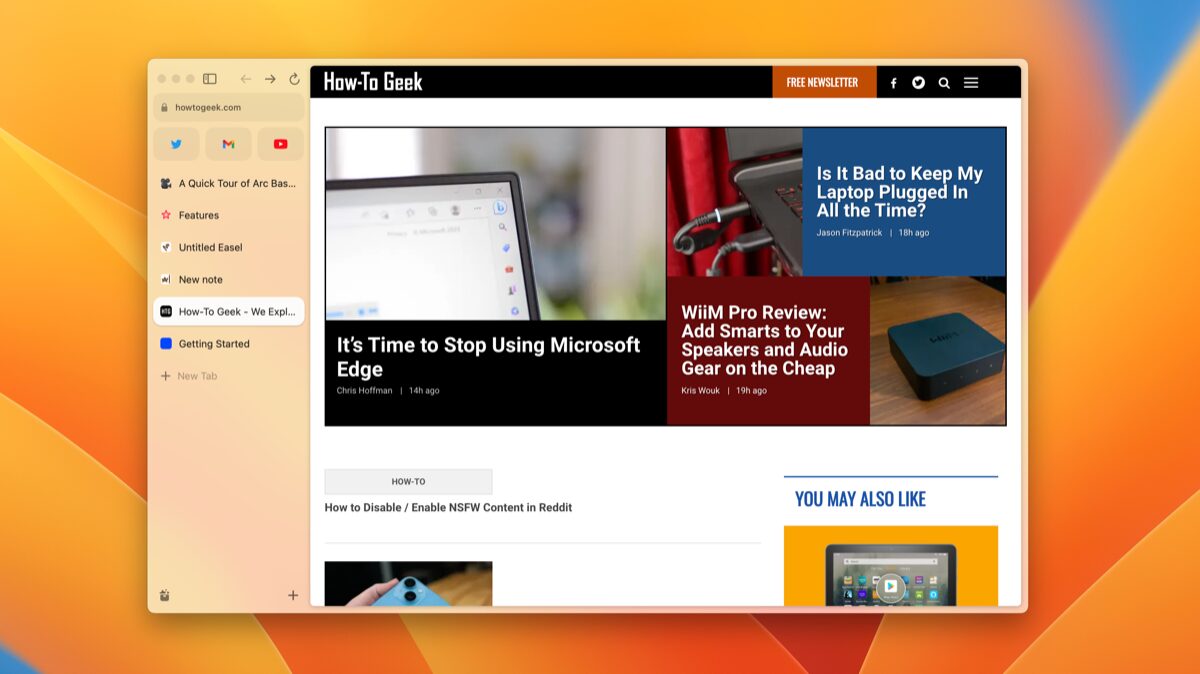It’s Not Just Brand Loyalty, Here’s What Makes Apple and Samsung Phones Special
Hardware
Quick Links
-
iPhones and Galaxy Phones Set the Standard
-
Their Phones Receive Many Years of Support
-
Both Brands Are Easiest to Get Repaired
-
Each Has a Large Ecosystem of Devices
-
The Most Consumer-Friendly Software
-
Available from Any Carrier, With Great Deals
Why do Apple and Samsung vastly outsell everyone else? It’s not mere brand recognition. There’s a lot these two companies offer that the rest just haven’t yet caught up on.
iPhones and Galaxy Phones Set the Standard
Quite frankly, Apple and Samsung do consistently deliver the best all-around hardware.
In 2024, the iPhone 16 Pro Max is the most powerful smartphone, and the Samsung Galaxy S24 Ultra is, in real-world usage, effectively the same. Samsung offers the most powerful CPUs you will get on the Android side of things. It also offers the best screens. These phones are solidly built and set the standard that other brands are competing against.
Are iPhones and Samsung Galaxy phones the best in every area? No. Some phones charge significantly faster than Apple and Samsung’s, such as the OnePlus 12R. Other brands are also more inclined to offer more storage space on their base models or pack in more RAM.
Yet, for the most part, other companies generally don’t offer better phones—instead, they offer better value. You can get a Motorola phone that’s virtually as powerful as Samsung’s offerings, albeit with a slightly inferior camera, for hundreds of dollars less. This is enough to win over many folks, especially tech enthusiasts, but it’s not enough to sway people from viewing Apple and Samsung as the best money can buy.
Their Phones Receive Many Years of Support
Apple is great at supporting its devices. The company’s stated commitment is five years of support, though its phones tend to average more than that. This has been true since the beginning of the iPhone, back when many Android phones were unsupported after the first year.
Throughout the 2020s, Samsung has gradually ramped up its software support. By 2024, its flagship phones now launch with seven years of software support, guaranteeing six major Android version releases. If Samsung sticks to that promise, it means people who buy a high-end Samsung phone can expect the same sort of longevity from their device as they would get from Apple.
In the Android world, Google is the only other company to make this sort of commitment. Unfortunately, Pixel hardware has a more controversial track record of holding up long enough to enjoy that many years of support. Various other companies, like Motorola, may have hardware that lasts a long time, but their devices are cut short by a lack of updates.
Both Brands Are Easiest to Get Repaired
Smartphones may not be the easiest devices to repair, but that doesn’t mean they’re impossible.
When you buy an iPhone, you can bring the phone to the nearest Apple Store for repairs. If you don’t want to pay Apple’s prices, you can go to just about any third-party repair shop and expect support for your phone. You can also attempt to fix an iPhone yourself.
Samsung has a few first-party repair shops, but that’s more of a recent affair. Rather, the company has partnerships with large retail chains like Batteries Plus and uBreakIFix. Even among smaller mom-and-pop shops, Samsung phones are the most likely Android phones to be supported. With other brands, you can expect a much more hit or miss experience trying to get your phone repaired.
Each Has a Large Ecosystem of Devices
The iPhone itself isn’t the reason many people choose to buy an iPhone. It’s all the hardware Apple makes that plays nicely (sometimes exclusively) with the iPhone that locks people in. There’s the Apple Watch, AirPods, HomePods, AirTags, and MagSafe cases, to name a few. iPhones also work well with iPads and MacBooks, meaning that if you own one of these devices, it makes a lot of sense to own the others (though here’s a second opinion before you commit).
Samsung offers a similarly rich set of devices and accessories—and in many ways, Samsung’s ecosystem is just s good. You can pair a Galaxy phone with Galaxy Buds, a Galaxy Watch, a Galaxy Fit fitness tracker, and a Galaxy Ring. There’s all the stylus functionality you get from owning an S Pen.
Samsung makes the Galaxy Tab line of tablets, and Galaxy laptops are running Windows. Yet, even further than Apple, there’s also the number of appliances that may be scattered throughout your home offering some degree of interoperability with a phone, such as an internet-connected TV, fridge, or washing machine.
The Most Consumer-Friendly Software
Apple and Samsung both have by far the largest customer bases, which means they have to provide the most customer support. There are a lot of problems you address when you have to cater to millions of people who may or may not understand the inner workings of a phone.
As a result, Apple and Samsung have great software for transferring files from one phone to the next. For what it’s worth, Google can do this too if you upload everything to your Google account, but Samsung Smart Switch is able to send all of your data directly from one phone to another, with no servers or internet connection required.
Samsung has built-in external backup options, so you can save data before factory resetting your phone. Apple has AirDrop, and Samsung developed QuickShare (now baked into Android in general), for quickly exchanging files with others.
Samsung’s file manager, gallery, and messaging apps are more feature-robust than most default apps, especially compared to those provided by Google. With Samsung, you’re less likely to need to seek out a third-party alternative, likely in part because many people frankly don’t know how and may think limitations with the default apps reflect a problem with the phone itself.
Available from Any Carrier, With Great Deals
In the US, most people get phones through their carrier. Many brands are less popular for this reason alone. You’re much less likely to walk into a carrier store and see a Nothing Phone or a OnePlus Open. This is a space where Apple and Samsung dominate.
Not only can you expect that the latest flagship Apple or Samsung phone will be available through AT&T, T-Mobile, or Verizon—you may be able to snag an amazing deal in the process. Sometimes, you can get your phone for free if you’re willing to commit to multiple years of service.
Is this the cheapest way to get a phone? Usually not. It’s cheaper to get an unlocked phone and pair it with a far more affordable MVNO. Yet if you’re going to have a pricey post-paid plan anyway, why not get whatever great deal they’re offering on the phone from Apple or Samsung?
What about Google? I hear you. The Pixel has closed the gap in many of these areas. Google promises seven years of updates, has a growing ecosystem of accessories, and is now available directly from carriers. Yet for Google, many of these changes were more recent, and it’s too early to see if Google has a chance.
Most other brands come with even more asterisks.
Phones cost too much money and are too big a pain to switch around often. Most people just want the safest, best investment they can make. Apple and Samsung both deliver.





















